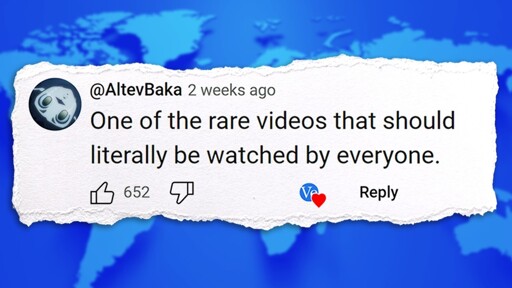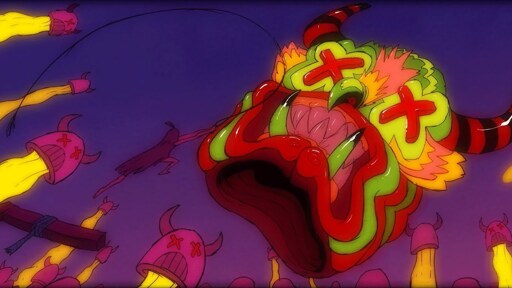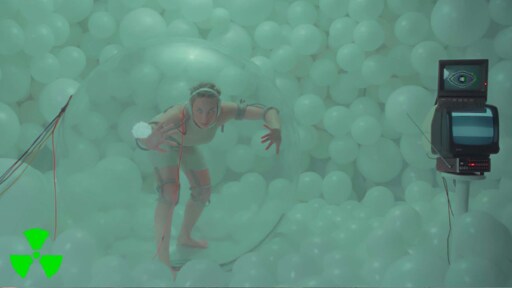That's not so great for people trying to watch their mental health. I can't change a thing about that, here in Germany, but I guess I have to see it, anyway.
- Posts
- 13
- Comments
- 121
- Joined
- 3 yr. ago
- Posts
- 13
- Comments
- 121
- Joined
- 3 yr. ago
- JumpNSFW Deleted
Permanently Deleted
Videos @lemmy.world The Prisoner’s Dilemma and its real life applications
Videos @lemmy.world D.A.R.E. | The REAL Reason Cops Taught You About Drugs - CHUPPL
Videos @lemmy.world You Are Witnessing the Death of American Capitalism (Benn Jordan)
Videos @lemmy.world Everyone's Cheating At Chess (Allegedly) - Sarah Z
Videos @lemmy.world For-Profit (Creative) Software
Videos @lemmy.world This is Hollywood's Liberal Fantasy, and it's Falling Apart
Videos @lemmy.world Women and the Men Who Write Them (Door Monster)
Out of Context Comics @lemmy.world The final stage
Showerthoughts @lemmy.world Going to bed makes any dream possible
Lemmy Be Wholesome @lemmy.world DnD is for EVERYONE
Showerthoughts @lemmy.world Of all the vegetables beets is the most metal
Listen to This @lemmy.world Rainbow Kitten Surprise - It's Called: Freefall
Listen to This @lemmy.world GAUPA - RA (2022)



I see the headline. I don't have to open the link to be informed that ICE is now murdering people in the streets!
Edit: At least I can just block you, but still: Spamming horrible information in inappropriate places is not the heroic thing you think it is.